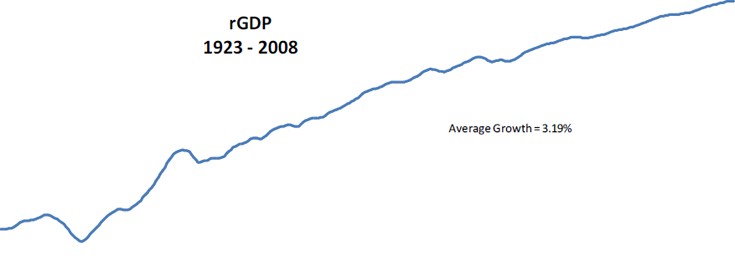Decoding the Alphabet Soup of Mutual Fund Share Classes
Post on: 3 Июль, 2015 No Comment

About
Alamy Mutual funds remain one of the most popular ways that Americans invest. In its 2013 Investment Company Fact Book. the Investment Company Institute found that mutual-fund assets topped $13 trillion in 2012, eclipsing their former record set back in 2007.
The ICI estimates that about 92 million people in the U.S. own mutual funds. But how many of those people understand the intricacies of how mutual funds work — particularly the differences between multiple share classes and their characteristics?
If you’re investing in mutual funds, it’s important to understand the different classes of mutual-fund shares that many fund managers make available to investors. Here’s a guide to the industry’s alphabet soup.
Traditionally, most mutual funds that charge sales loads offer Class A shares through the financial professionals who work directly with investors.
Class A shares typically have two fees associated with them — an upfront sales load, which is based on a percentage of the share price when you buy shares; and an ongoing charge known as a 12b-1 fee based on a percentage of assets (typically 0.25 percent, that investors pay annually). Upfront sales loads of as much as 8.5 percent weren’t out of the ordinary in the past, although today you’ll more frequently find more modest charges of 3 percent to 5 percent.
Class A shares provide a convenient way for your advisor to get compensated for working with you. The money that’s taken out of your investment goes to your advisor, usually through the investment company your advisor works for. The disadvantage of Class A shares is that the amount they take off the top is substantial, but the benefit is that subsequent fees are minimal compared to some other share classes.
Class B shares don’t have an upfront sales load, but they include what’s called a back-end load or contingent deferred sales load.
With this structure, you’ll pay a fee only if you sell shares within a certain period — usually ranging from five to 10 years — and the amount of the fee typically declines the longer you hold onto the shares. Often, however, they’ll come with higher ongoing charges than 12b-1 fees, with 1 percent being a typical annual figure.
After the period for the back-end load expires, Class B shares usually convert automatically to less-expensive Class A shares.
Class B shares fell out of favor due to regulatory concerns: Morningstar (MORN ) reports that the amount of assets under management in Class B shares has fallen by almost 90 percent in the past decade. In some cases, they offer advantages over other share classes, although for the most part, you can get a better result with a combination of other types of shares.
Like Class B shares, Class C shares don’t have an upfront sales load, and they usually charge a 1 percent 12b-1 fee. Unlike Class B shares, though, the contingent deferred sales load typically disappears after a single year and is limited to 1 percent.
For those who want the flexibility of holding onto shares for only a short period of a year or two, Class C shares offer lower overall costs than Class A or B shares. However, Class C shares typically don’t automatically convert to Class A shares no matter how long you own them. That means that for long-term investors, you’ll often pay more over time in the form of higher annual fees than you would taking the Class A hit up front with a sales load.
Class I shares, also known as institutional-class shares, are typically available only to institutional investors making large fund-share purchases. With minimum investments of $1 million or more, they’re out of reach for most of us.

However, Class I shares might be available to you through your employer. Many 401(k) plans use Class I shares, giving you the benefit of pooled assets across the company’s entire employee base to reap concessions from fund managers. Taking maximum advantage of Class I shares when they’re available is usually a smart move to cut your overall investing costs.
Class R shares are specifically designed to be used for retirement plans. Unlike Class I shares, however, you can’t count on all Class R shares being low-cost. That’s because some mutual fund companies build in charges to cover the costs associated with retirement-plan management, including record-keeping and other administrative expenses. Moreover, with different subclasses — sometimes using classes like R1, R2, and so on — fees can be substantially different.
Class Z shares are a special class that is usually restricted to employees of the fund manager that offers the fund. The benefit of Class Z shares is that they typically include no sales load and have lower ongoing expenses that are typically reserved for load-paying classes.
However, sometimes ordinary investors can get access to Class Z shares. For instance, Franklin Templeton (BEN ) gave Class Z shares to investors who had owned shares of the formerly no-load Mutual Series Funds when Franklin took over ownership of the funds. New investors were only given access to other classes, but grandfathered investors got the option to buy more Class Z shares.
Know What You Own
Before you buy shares of a mutual fund, especially if you use a professional advisor, be sure you know what class of shares you’re buying. Often, there will be a big difference in fees if you can get the best fund class for your situation.
Motley Fool contributor Dan Caplinger has no position in any of the stocks mentioned. The Motley Fool recommends Morningstar .














